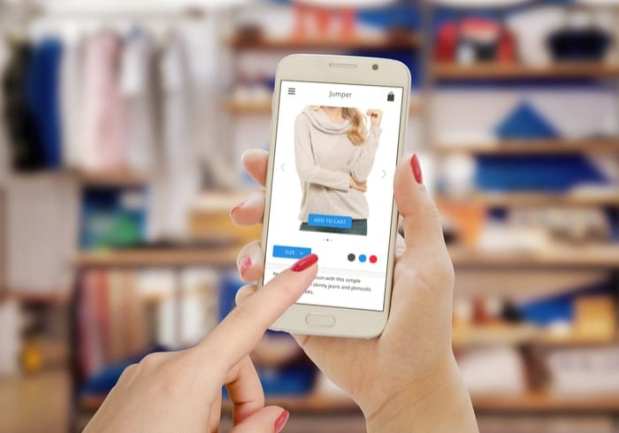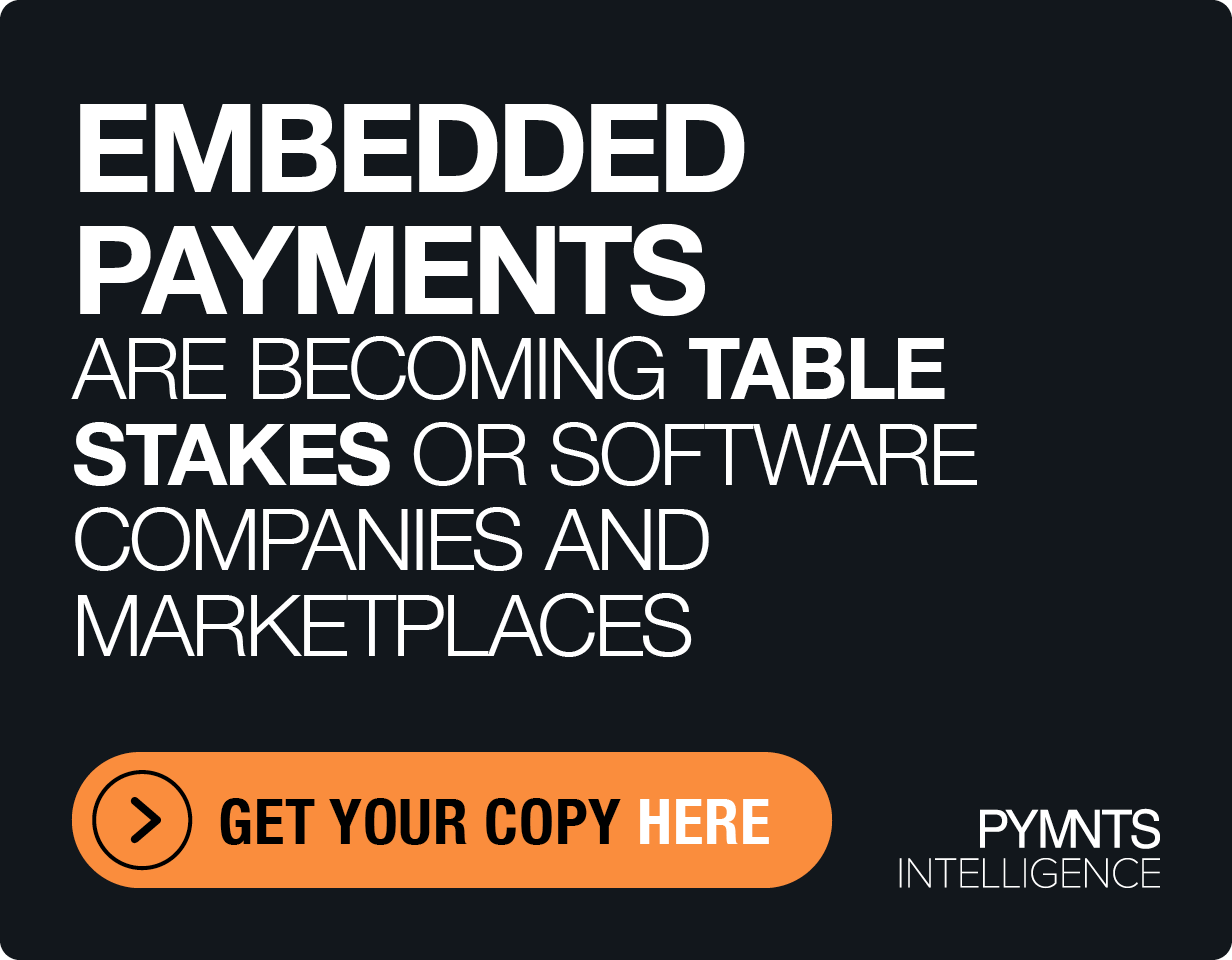How Connected Consumers Tap Into In-Store Smartphone Shopping Features

Smartphones fit squarely in the center of the social and digital lives of many shoppers — and provide these consumers with constant connectivity. They have also created a new market standard, with consumers expecting that their needs to be met right away — whenever as well as wherever they please.
When it comes to brick-and-mortar commerce, consumers who use their smartphones more often when shopping in stores are also more likely to tap into these devices to take advantage of their unique capabilities. According to the latest PYMNTS Remote Payments Study, those who use their phones every time they browse or buy at physical stores are the most likely to search for coupons and discounts.
From companies such as Kroger to firms like Foster Farms, both retailers and consumer brands are harnessing the power of mobile technology. These are just some of the ways disruptors are providing consumers with smartphone features and capabilities to enhance their shopping experiences in brick-and-mortar stores:
Nearly half — or 48.1 percent — of shoppers use their smartphones in stores to look for discounts or coupons every time they shop in a store. And mobile innovation is coming to the grocery aisle, with Kroger’s smart shelving pilot in very early phases per a report in January. The shelves will reportedly be able to display digital coupons that shoppers can add to their mobile devices, for instance. And the shelves will also reportedly be built atop of a sensor network that keeps track of products and maintains in-store inventory counts in an accurate and up-to-date manner. According to the report, the shelves can interact with the Kroger’s mobile app to guide shoppers in two stores to the items they’ve selected.
Just over a third — or 35.5 percent — of shoppers use their smartphones in stores to look up product information every time they shop in a store. And some consumer food brands are enabling this technology: Foster Farms, which offers chicken and other poultry products, decided to put quick response (QR) codes on its product packaging. The company’s offering is called DORI, an acronym for deals, offers, recipes and information. DORI, for instance, can point consumers to resources that offer explanations for common poultry terms. The interface for that feature, which explains terms such as “organic” and “all-natural,” has been described as a Spin the Wheel application. Through DORI, consumers can also print coupons for the company’s products or add them to their loyalty cards.
Approximately one quarter — or 25.7 percent — of shoppers use their smartphones in stores to pay with a digital wallet every time they shop in a store. To make this a reality, credit card and debit card payment processors are teaming with digital payment services. Barclaycard, for instance, inked a deal with Alipay that would let retailers accept Alipay as a payment method for transactions in stores in the U.K. That arrangement came after a two-year pilot, and through the new agreement, U.K. retailers can take full advantage of the growing volume and buying power of Chinese tourists. There are 393,000 Chinese residents, 95,000 Chinese students, and scores of tourists who visit cities in the U.K. each year per Barclaycard.
A slightly smaller share — or 22.7 percent — of shoppers in stores pay with a retailer’s mobile app every time they shop in a store. And some retailers are tapping into smartphone technology to enable checkout-free stores: Amazon, for instance, recently opened a location for its Amazon Go concept in New York City at Brookfield Place. The property, which is next to the World Trade Center, is located close to office space and reportedly brings in the lunch crowd with a high-end food hall that has a “French-inspired” grocery store. Brookfield Place features a myriad of eCommerce retailers such as Rhone, Untuckit and b&ta in addition to an Equinox gym. The first Amazon Go store opened last January at the eCommerce retailer’s headquarters in Seattle, Washington.
And 16.9 percent of shoppers use their smartphones to complete a mobile order-ahead purchase every time they shop in a store. For Dunkin’, on-the-go ordering saw an average weekly sales increase of 25 percent year over year (YOY) and made 4 percent of total transactions in the first quarter, per an earnings call in May. At the same time, it was reported that the channel represented over 7 percent of transactions in locations without a drive-thru. In addition, mobile orders exceeded 25 percent of transactions at sites that are high volume in many urban areas. Dunkin’ Brands CEO Dave Hoffmann said on the call, “On-the-go mobile ordering is a winning proposition for Dunkin’.” Hoffmann also pointed out that the company rolled out a pilot test of multi-tender at more than 1,000 Dunkin’ locations to allow diners to earn DD Perks regardless of how they pay.
From Dunkin’ to Amazon, retailers (as well as brands) are providing ways for consumers to make payments and interact with their companies through smartphone technology. And, in this year’s mobile-driven economy, only the strongest technologically-able merchants appear to stand a chance of surviving.
